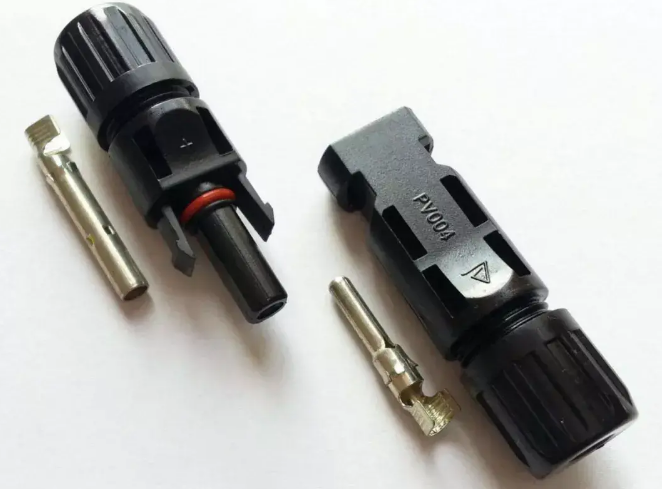The solar monitoring power supply system consists of solar panels. Load, support. Controller, storage battery, anti - water tank, vertical rod, etc., several parts. Solar power supply system is typically divided into power supply systems, not connected with the conventional power supply network, to solve the problem of difficult access to electricity, elevated cost of cable. There are mainly three supply voltages: 12V, 24V and 48V. Thus when we buy the above equipment and solar cable 10mm, how do choose?
Solar panel options:
1. Look at the front of the panel
The surface of tempered glass should first be carefully checked. If the surface of tempered glass accidentally drops silica gel, it should be cleaned in time, otherwise it will affect the power generation efficiency of the panel.
2. Look at the cell
See if the battery chip is damaged. The spliced cell is easy to break under long-term use, thus affecting the use of the whole cell board.

3. Look at the back
Technical parameters, such as open circuit voltage, short circuit current and operating voltage, should be marked on the back of the solar panel. Second, look at the pressure on the back of the solar panel. There are signs of bubbles, folds and so on.
4. Look at the junction box
A junction box is a type of connector for a solar cell module. The main function of the solar photovoltaic junction box is to output the electric energy generated by the solar cell module through the cable. The strength of the junction box also affects the efficiency of the solar panel. The junction box cover should be firmly and tightly fitted to the junction box, and the outlet lock should turn freely and be tightened.
5. Look at the packaging
At present, there are two main forms of packaging for solar cells, lamination and glue. The lamination process can guarantee the working life of solar cells for more than 25 years.
When purchasing solar panels, we must pay attention to the above 5 points. We should choose according to the configuration we need, so that the quality of the solar panels we choose is more guaranteed and more assured.
Battery selection:
1. The battery is to store the electric energy emitted by the solar panel with light, and then release it when it is needed for power supply.
Commonly used batteries are divided into colloidal batteries and lithium batteries, which have their own advantages in different fields.
Controller selection:
The operation of the solar power system is controlled by a controller. Most controllers realize intelligent control, and the controller should have the following functions:
1. Battery management limits battery charging and discharging conditions (such as charging and discharging current and voltage) to extend its service life.
2, anti-reverse charge control, anti-overcharge control, anti-overdischarge control, automatic protection.
3. Reverse connection protection of solar cells. Battery backconnection protection, battery open circuit protection, night anti-backcharge protection, output short-circuit protection, etc.
